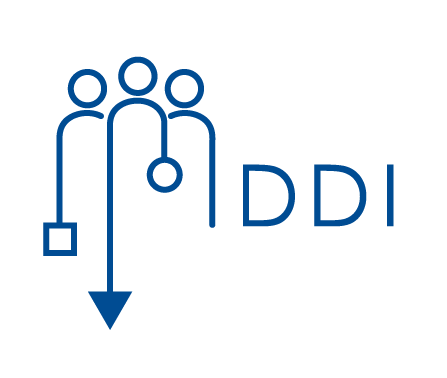Publikationen
Art der Publikation: Beitrag in Sammelwerk
Competency structure model for programming for the transition from school to university
- Autor(en):
- Barkmin, M.
- Herausgeber:
- Brinda, T.; Armoni, M.
- Titel des Sammelbands:
- Proceedings of the 15th Workshop on Primary and Secondary Computing Education
- Verlag:
- Association for Computing Machinery
- Ort(e):
- New York, NY, USA
- Veröffentlichung:
- 2020
- ISBN:
- 9781450387590
- Sprache:
- Englisch
- Schlagworte:
- competency model, upper secondary education, paradigm, higher education, programming
- Digital Object Identifier (DOI):
- doi:10.1145/3421590.3421591
- Zitation:
- Download BibTeX
Kurzfassung
The learning of programming can take manifold starting points, e.g. via friends or family, a school course, a compulsory requirement in vocational education (e.g. industrial robotics) or even in an academic setting (e.g. formalization and execution of mathematical algorithms in numerical mathematics). Within these approaches, context-specific programming languages are used, which might support different paradigms. In this paper, a proposal for a language and paradigm overarching competency structure model is developed from theoretical considerations. By analyzing different programming languages, textbooks and papers three content dimensions are derived. Principles and the application of high-Level paradigms build the first dimension. The second dimension elements represents paradigm and language independent concepts of program components, data types, basic data structures and algorithmic paradigms. The last content dimension language is defined by syntax, semantics, standard library and the build/compile and run process of programming languages.

